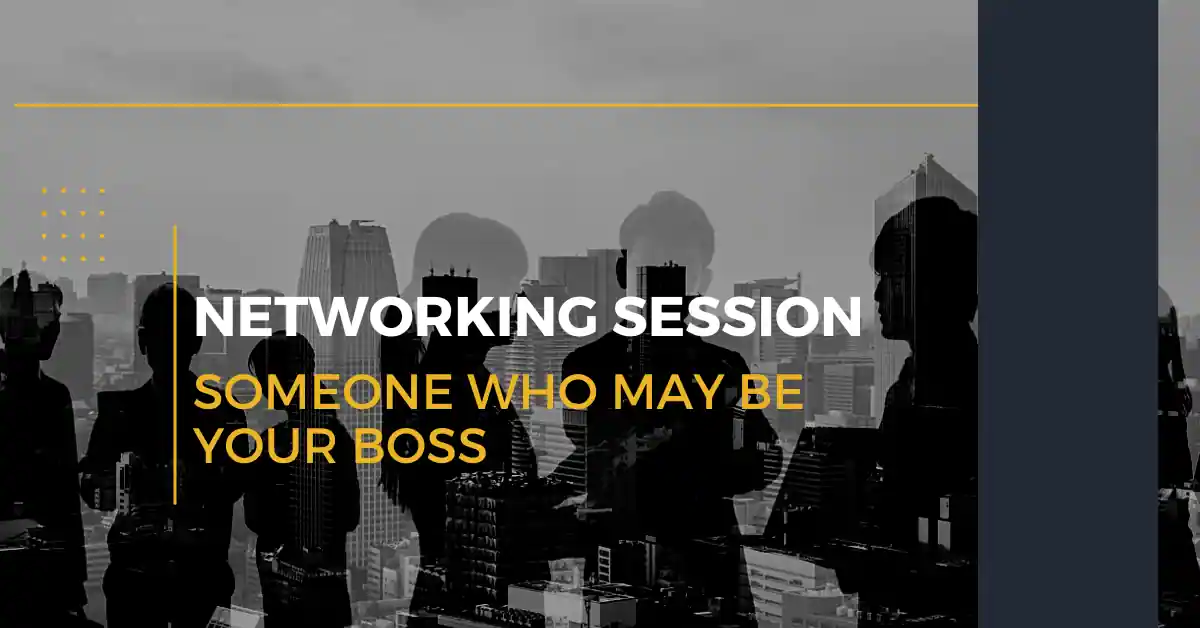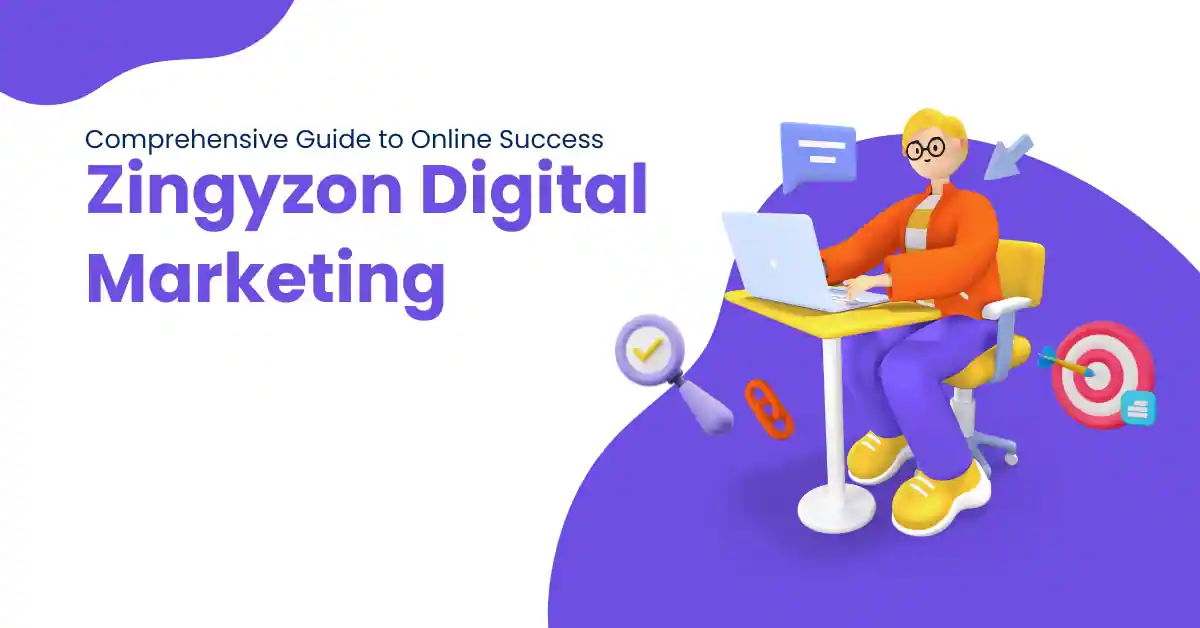Networking can be both exciting and nerve-wracking, especially when the person you’re connecting with could be your future boss. This article will guide you on how to make a positive impression, prepare effectively, and make the most of the opportunity.
Table of Contents
ToggleIntroduction to Networking in Career Development
Networking is one of the most effective ways to advance in your career. Meeting someone who might be your future boss can open doors to opportunities, insights, and collaborations. Making a good first impression and showcasing your potential is crucial. Let’s dive in, starting with why first impressions matter.
The Importance of First Impressions
First impressions set the tone for any future interactions with your potential boss. Here’s how to ensure your initial meeting leaves a lasting impact.
Preparing for a Successful Networking Session
Preparation is essential. By learning more about the company and the individual you’re meeting, you’ll feel more confident and make the conversation more meaningful.
Researching the Company and Its Culture
Knowing the company’s values, mission, and industry position shows genuine interest. Tailoring your conversation to align with the company’s goals demonstrates that you’re proactive and informed.
Understanding Your Potential Boss’s Role and Background
Knowing more about your potential boss’s professional achievements and role at the company can help you connect with them. Researching their career journey or background on LinkedIn or the company website can provide valuable insights.
Building Confidence Before the Meeting
Feeling nervous? You’re not alone! Here are a few ways to boost your confidence before the session.
Practice Makes Perfect: Mock Networking
Consider rehearsing with a friend or mentor. Practicing introductions, highlighting your skills, and responding to questions will help you feel more confident.
Setting Clear Networking Goals
Knowing your intentions—whether it’s learning about the industry, getting career advice, or finding a potential job opportunity—can help you stay focused during the conversation.
During the Networking Session
Once you’re prepared, here’s how to navigate the conversation and make it memorable.
How to Start the Conversation
Start with a friendly greeting and a genuine compliment. Mention something about the event or setting to break the ice, and show your enthusiasm for the opportunity to connect.
Engaging with Thoughtful Questions
Ask insightful questions that show you’ve done your research. Ask about their career journey, the company culture, or industry trends to encourage them to share more about their work.
Staying Attentive and Showing Enthusiasm
Active listening is essential. Nod, maintain eye contact, and respond thoughtfully to show that you’re engaged. Demonstrating enthusiasm shows you’re excited about the potential opportunity.
Highlighting Your Unique Skills and Experiences
It’s essential to mention your qualifications in a way that doesn’t come off as boastful. Here’s how to do it smoothly.
Linking Your Skills to Company Goals
If you know the company values innovation, for example, highlight a project where you developed a creative solution. Showing your experience aligns with the company’s objectives.
Emphasizing Adaptability and Growth Mindset
Companies appreciate candidates who demonstrate flexibility and eagerness to learn. Share examples where you adapted to new challenges or roles, showing that you can grow with the company.
Handling Potentially Awkward Moments
Conversations can sometimes feel awkward. Here’s how to handle these moments gracefully.
Staying Calm and Professional
If you’re stumped by a question, take a moment to gather your thoughts. Staying calm and composed demonstrates resilience and professionalism.
Redirecting the Conversation
If the conversation goes off track, gently steer it back to relevant topics. For example, ask a question about their role or a company initiative to keep things on point.
Wrapping Up the Networking Session
As the conversation wraps up, it’s important to finish on a positive, professional note.
Showing Gratitude and Interest
Thank them for their time and insights. Expressing gratitude reinforces your appreciation and interest.
Asking for Future Contact Opportunities
If the conversation went well, ask if you can connect on LinkedIn or if it would be okay to stay in touch. This shows respect and eagerness to maintain a professional connection.
Following Up After the Networking Session
Following up after a networking session is crucial to reinforcing a positive impression.
Writing a Personalized Thank-You Email
Send a thank-you email within 24 hours. Mention a specific part of the conversation that you enjoyed to add a personal touch and show your appreciation.
Staying Connected on Professional Platforms
Engage with the company or the person on LinkedIn. This keeps you on their radar professionally without being too intrusive.
Conclusion
Networking with someone who could be your future boss is a unique opportunity. With preparation, confidence, and a genuine approach, you can make a lasting impression that may shape your career path. Remember, every networking opportunity is a chance to learn and grow.
FAQs
1. How can I stay calm if I feel nervous?
Practice and preparation are key. Rehearsing conversations with friends can help you feel more comfortable and prepared.
2. What should I avoid mentioning during the networking session?
Avoid negative comments about previous jobs, controversial topics, or overly personal stories. Keep the conversation professional.
3. How can I make my skills stand out?
Link your skills to the company’s goals. For instance, if innovation is a priority, highlight a project where you developed something unique.
4. Is it okay to connect on LinkedIn right away?
Yes, but mention it during the conversation. Asking politely shows respect and professionalism.
5. How soon should I follow up after the session?
Send a thank-you email within 24 hours to reinforce your interest and appreciation for their time.





